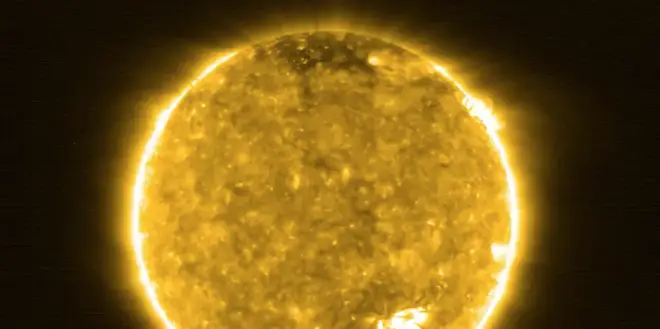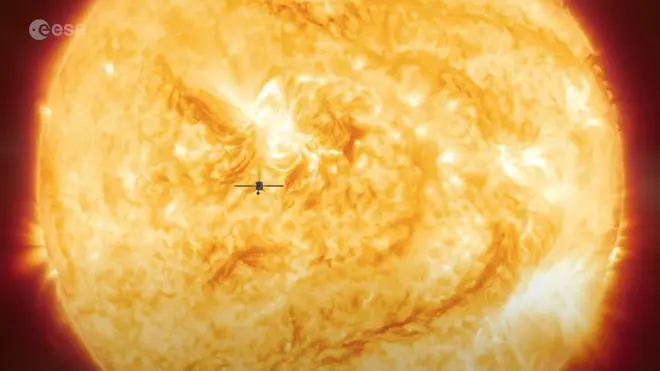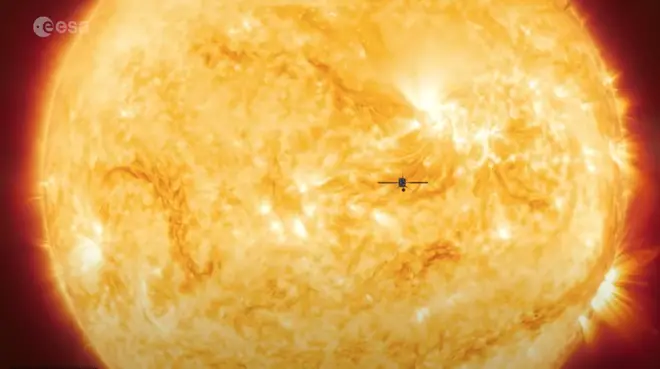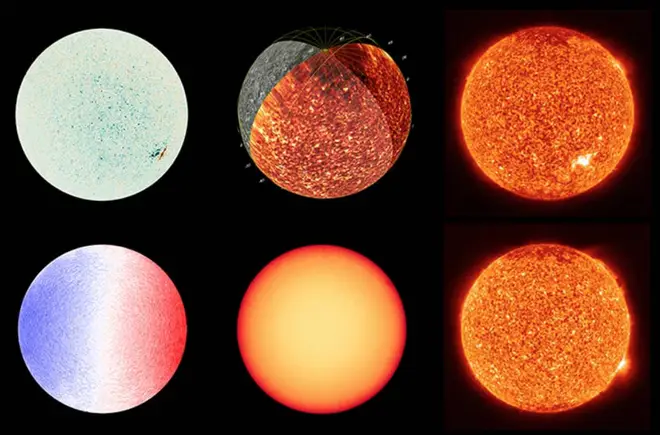
Oli Dugmore 4am - 7am
16 July 2020, 13:24

Closest images ever taken of the Sun show ‘campfires’ dotted across its surface
The first images from the Solar Orbiter mission run by the European Space Agency and Nasa has revealed the closest ever images taken of the Sun’s surface.
The spacecraft was only 77 million km away from the Sun, which is about half the distance between Earth and the star.
It has sent back photos of tiny solar flares near the surface of the star dubbed “campfires”.
No other spacecraft has been able to take such images so close to the Sun.


The images have been captured by the Extreme Ultraviolet Imager positioned on the Solar Orbiter.
They were taken when the craft was in its first perihelion - the point in its elliptical orbit closest to the Sun.
At the time of the pictures being taken the spacecraft was between the orbits of Venus and Mercury.
“The campfires are little relatives of the solar flares that we can observe from Earth, million or billion times smaller,” said David Berghmans of the Royal Observatory of Belgium (ROB), Principal Investigator of the EUI instrument.


However, scientists do not yet know whether these campfires are "nanoflares", smaller versions of larger flares, or caused by another aspect of nuclear fusion reactions within the sun.
Nanoflares are tiny sparks used to heat the Sun’s corona, its outermost layer. This can reach temperatures of more than a million degrees Celsius.
This is 300 times greater than the surface temperature of the sun, which is 5500 degrees Celsius.
Despite decades of study, the mechanisms that heat this outermost layer are still not fully understood, but such discoveries are vital in the study of solar physics.